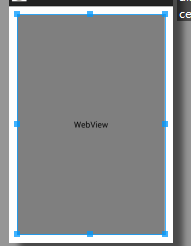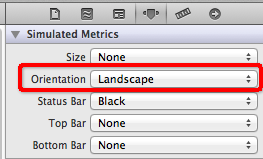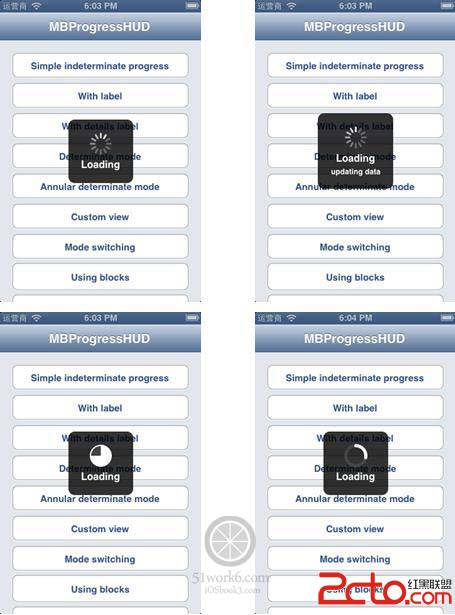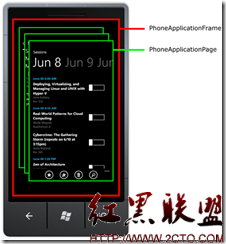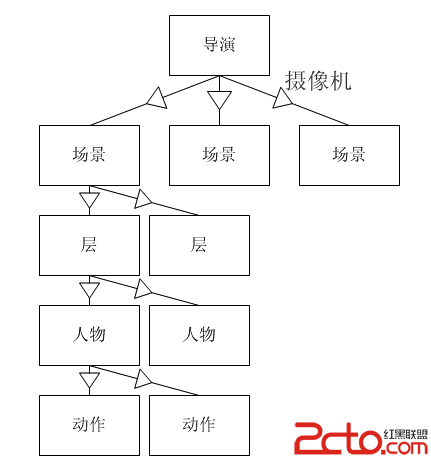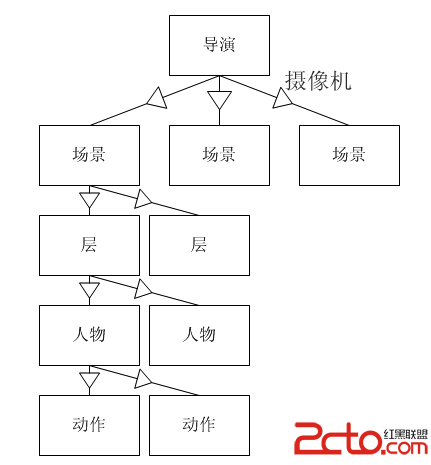iOS UIKit :UIWindow
UIQWindow定义了一个window对象来管理views。一个软件只能有一个window。window的主要职能使为view提供显示取和向view传递事件。想要改变软件显示的内容,你可以改变window的root view。
UIWindow的screen属性指定了window的显示属性包括:bounds, mode, and brightness.
window notifications用来监听window 和 screen的改变,包括:
UIWindowDidBecomeVisibleNotification
UIWindowDidBecomeHiddenNotification
UIWindowDidBecomeKeyNotification
UIWindowDidResignKeyNotification UIWindow继承自UIView,关于这一点可能有点逻辑障碍,画框怎么继承自画布呢?不要过于去专牛角尖,画框的形状不就是跟画布一样吗?拿一块画布然后用一些方法把它加强,是不是可以当一个画框用呢?这也是为什么 一个view可以直接加到另一个view上去的原因了。一个应用程序只能有一个画框。
看一下系统的初始化过程(在application didFinishLauchingWithOptions里面):
- (BOOL)application:(UIApplication *)application willFinishLaunchingWithOptions:(NSDictionary *)launchOptions {
UIWindow *window = [[UIWindow alloc] initWithFrame:[[UIScreen mainScreen] bounds]];
myViewController = [[MyViewController alloc] init];
window.rootViewController = myViewController;
[window makeKeyAndVisible];
return YES;
}
创建一个an external display:
- (void)checkForExistingScreenAndInitializeIfPresent
{
if ([[UIScreen screens] count] > 1)
{
// Get the screen object that represents the external display.
UIScreen *secondScreen = [[UIScreen screens] objectAtIndex:1];
// Get the screen's bounds so that you can create a window of the correct size.
CGRect screenBounds = secondScreen.bounds;
self.secondWindow = [[UIWindow alloc] initWithFrame:screenBounds];
self.secondWindow.screen = secondScreen;
// Set up initial content to display...
// Show the window.
self.secondWindow.hidden = NO;
}
}
- (void)setUpScreenConnectionNotificationHandlers
{
NSNotificationCenter *center = [NSNotificationCenter defaultCenter];
[center addObserver:self selector:@selector(handleScreenDidConnectNotification:)
name:UIScreenDidConnectNotification object:nil];
[center addObserver:self selector:@selector(handleScreenDidDisconnectNotification:)
name:UIScreenDidDisconnectNotification object:nil];
}
- (void)handleScreenDidConnectNotification:(NSNotification*)aNotification
{
UIScreen *newScreen = [aNotification object];
CGRect screenBounds = newScreen.bounds;
if (!self.secondWindow)
{
self.secondWindow = [[UIWindow alloc] initWithFrame:screenBounds];
self.secondWindow.screen = newScreen;
// Set the initial UI for the window.
}
}
- (void)handleScreenDidDisconnectNotification:(NSNotification*)aNotification
{
if (self.secondWindow)
{
// Hide and then delete the window.
self.secondWindow.hidden = YES;
self.secondWindow = nil;
}
}
补充:移动开发 , IOS ,